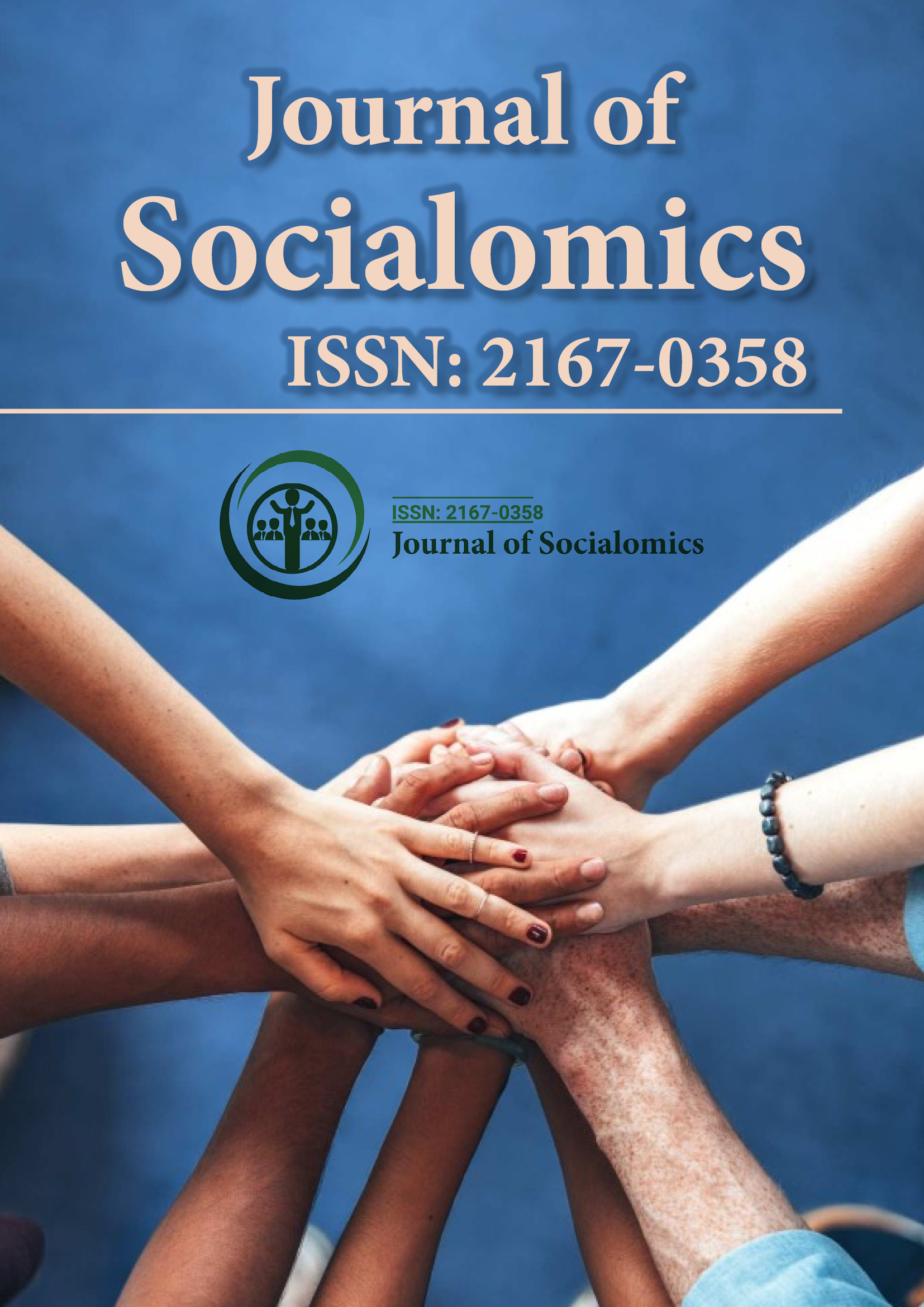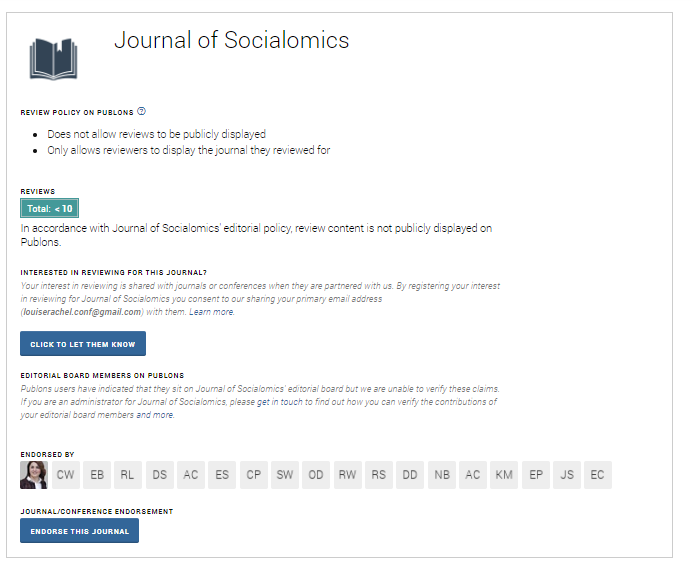Indexed In
- Open J Gate
- Genamics JournalSeek
- SafetyLit
- RefSeek
- Hamdard University
- EBSCO A-Z
- OCLC- WorldCat
- Publons
- Google Scholar
Useful Links
Share This Page
Journal Flyer

Open Access Journals
- Agri and Aquaculture
- Biochemistry
- Bioinformatics & Systems Biology
- Business & Management
- Chemistry
- Clinical Sciences
- Engineering
- Food & Nutrition
- General Science
- Genetics & Molecular Biology
- Immunology & Microbiology
- Medical Sciences
- Neuroscience & Psychology
- Nursing & Health Care
- Pharmaceutical Sciences
Commentary Article - (2025) Volume 14, Issue 2
Aging Populations and Intergenerational Engagement in Urban Japan
Noriko Tanaka*Received: 26-May-2025, Manuscript No. JSC-25-29738 ; Editor assigned: 28-May-2025, Pre QC No. JSC-25-29738 ; Reviewed: 11-Jun-2025, QC No. JSC-25-29738 ; Revised: 18-Jun-2025, Manuscript No. JSC-25-29738 ; Published: 25-Jun-2025, DOI: 10.35248/2167-0358.25.14.267
Description
The demographic structure of Japan has undergone dramatic shifts, with a significant increase in the proportion of elderly citizens across urban centers. This transformation affects social planning, public services, and everyday relationships among different age groups. While policies often focus on the medical and financial aspects of aging, social connection plays an equally vital role in shaping the experience of growing older in cities. The extent to which older adults feel included, supported, and respected influences not only their well-being but also the social fabric of the neighborhoods they inhabit.
Intergenerational interaction has emerged as an important feature in addressing the isolation that many older adults report. In urban settings, where family members often live separately and social roles change rapidly, opportunities for older individuals to engage with younger generations can be limited. However, community programs, shared housing models, and local volunteer networks have made efforts to create spaces where age does not become a barrier to participation. These initiatives work best when both sides feel heard and valued, allowing mutual learning and shared responsibility rather than one-directional caregiving.
One notable characteristic of successful engagement programs is their informality. Rather than imposing structured roles or expectations, they allow organic relationships to develop through shared activity. Examples include neighborhood gardening projects, language exchanges, art groups, or community kitchens. In these settings, older adults contribute knowledge, skills, and cultural memory, while younger participants bring energy, digital competence, and new perspectives. This exchange builds trust, challenges stereotypes, and fosters a sense of belonging that formal care systems often fail to provide.
Urban environments present both opportunities and challenges for these efforts. High population density, transportation systems, and concentrated services can facilitate access to programs. At the same time, busy schedules, space limitations, and social disconnection can work against participation. Digital platforms have emerged as partial solutions, offering remote interaction through video chats, social networks, or online forums. However, digital engagement is uneven, and many older adults remain unfamiliar or uncomfortable with the technology. Support with digital tools is often provided by volunteers, public libraries, or local youth groups, showing that technology can serve as a bridge when combined with direct, person-to-person guidance. Workplace dynamics also contribute to how generations relate to one another. As retirement ages shift and labor shortages increase, more elderly individuals are staying in the workforce. This creates new forms of interaction between older and younger employees. In some settings, this has led to mentorship models that benefit both groups. In others, it has produced tension due to different communication styles, expectations, or technological familiarity. Addressing these issues requires open dialogue and flexible policies that accommodate varying needs and contributions.
Housing is another domain where age interaction is being reimagined. Multi-generational living, once common, is being adapted in urban forms through shared residences or co-housing models. These arrangements aim to promote autonomy while ensuring support is available when needed. Residents often participate in collective decision-making, shared chores, and mutual care. While not universally adopted, such experiments indicate a shift in thinking about age-segregated spaces and the value of mixed-age living environments.
Conclusion
Municipal governments have begun incorporating intergenerational goals into urban planning. Parks designed for all ages, community centers offering diverse programming, and transport routes that consider mobility challenges for older users are examples of this trend. However, implementation varies, and success depends on sustained investment and community participation. Short-term pilot programs can generate enthusiasm but may fade without long-term support or institutional memory. Maintaining momentum requires coordination between civil society, local authorities, and residents.
Citation: Tanaka N (2025). Aging Populations and Intergenerational Engagement in Urban Japan. J Socialomics. 14:267.
Copyright: © 2025 Tanaka N. This is an open-access article distributed under the terms of the Creative Commons Attribution License, which permits unrestricted use, distribution and reproduction in any medium, provided the original author and source are credited


